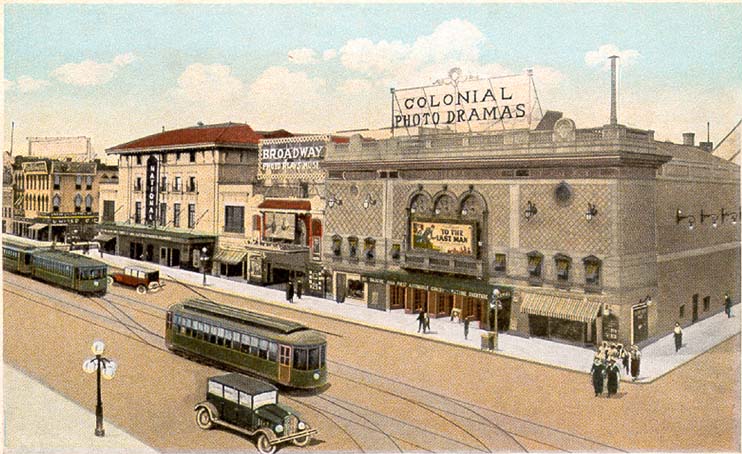Without technology – and innovation right alongside that – where would we be? Well, we all know the answer: the Stone Age. And, perhaps not even that advanced.
What technology has done in large part is give humanity a tool through which society, life can move forward if not thrive, technologically developmentally. And, that’s exactly what has transpired.
Now, as technology applies to transportation, it’s really little different. Technological development has not only enabled the transportation sector to get where it is today physically, but has also played a contributory role in helping shape both life and society and, no doubt, change the course of history compared to what would have transpired historically had technology not been the influencing force that it is.
In transportation, technology is the driving or motive force that powers movement and its development.
So, now it’s time to take a look at – to investigate, if you will – how technology has shaped the various modes of bicycling, driving, boating, flying and, for lack of finding a better descriptor, “train”-ing, and to see what, if any, negative fallout has come as a consequence.
Pedal pushing
One of the most basic modes of transportation, bicycling is.
My own background consists of an above-average amount of bike riding. As long as I could pedal somewhere, anywhere, I enjoyed the freedom to do so.
As such, the two-wheeler provided that which the feet could do in walking, but better. The bike allowed me to go farther in a shorter amount of time. My two main concerns were chain-drive-system and tire integrity: Would the chain fall off; would the tire go flat? Barring that, the bike thus afforded me greater reach and access.
And all made possible because of technology.
Driving innovation(s)
Technology exists to solve problems. It’s supposed to make life easier and more convenient if not offer the user a more user-friendly if not more enjoyable experience – in theory. But, is that how it is?
For the most part I’d say that’s true.
However, where driving’s concerned, I have my doubts.
Let me break it down for you.
In large metropolitan areas the streetcar at the turn of the century (the 19th into the 20th) was king. I’ve seen some early footage of what big-city driving was like. It wasn’t pleasant.
Cars had to compete with trolleys, pedestrians and other cars for roadway space. The situation looked like disorganized chaos at best.
The older I get and the more I see, it seems as if motorists are having fewer and fewer actual driving responsibilities. And this is all because of automation and technological capabilities.
Many of today’s cars parallel-park themselves, have driver assist, inadvertent lane-change avoidance, automatic braking, cruise control among many other features. Compare this to what was required of driving a hundred years ago. It’s a day-and-night difference.
But, for all the convenience, and with all of the extra features, is operating a motor vehicle any safer? Each year in the U.S. there are 35,000 roadway deaths. The numbers have not improved.
And, unless one drives an electric or hybrid, the exhaust coming from motor vehicle tailpipes is only marginally cleaner, though the days of the internal combustion engine for use in motorcars could be numbered. We’ll just have to wait and see how all of this plays out.
Oh, and one more thing, although the quality of the driving experience has in many ways improved, roadway capacity is still limited.
And, now we’re expecting technology to help eliminate some of the fallout connected with driving.
For instance, many more safety features are being incorporated into motor vehicle design. But no technology can absolutely prevent all vehicle accidents no matter how sophisticated the avoidance capability or technology is. Which is why it still remains the job of humans to be aware and to be vigilant around and while operating motor vehicles. Technology is no substitute for needed human monitoring responsibility. Could technology come to the complete rescue (be the panacea people are looking and hoping for) in this regard one day? Possibly.
In the next installment and in the same vein, we’ll check out the situation with planes, ships and trains.
Notes
Text has been adjusted in places to provide for a clearer understanding.
– Alan Kandel
Copyrighted material.
This post was last updated on Nov. 3, 2022 at 4:20 p.m. Pacific Daylight Time.
